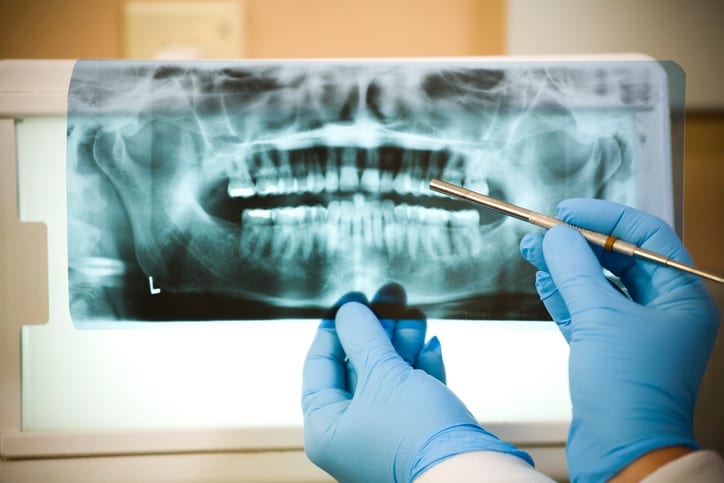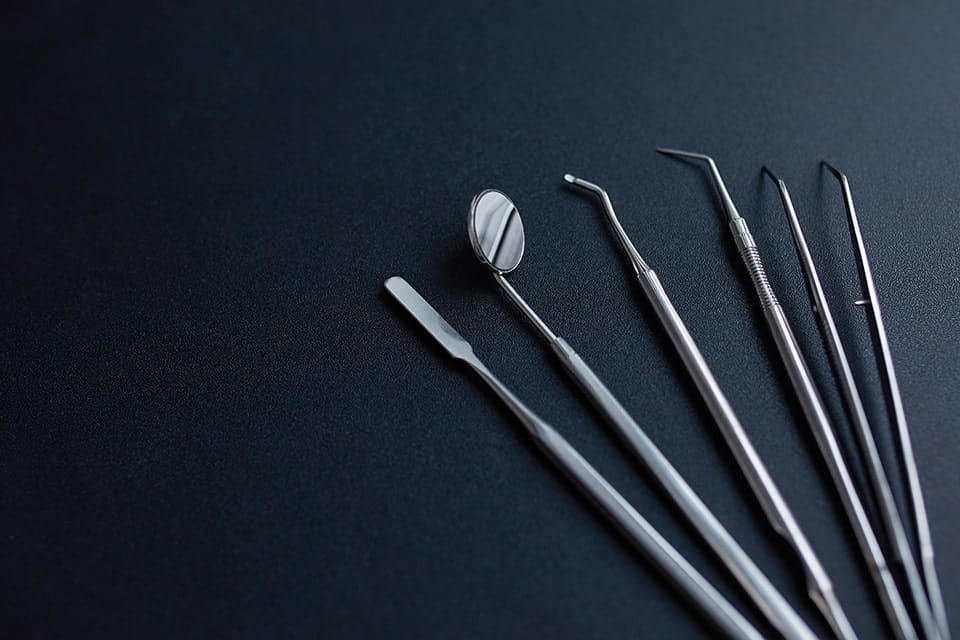What is a Root Canal?
 According to the Canadian Dental Association, root canal treatment, also known as endodontic treatment, is “the process of removing infected, injured or dead pulp from your tooth. The space inside the hard layers of each tooth is called the root canal system. This system is filled with soft dental pulp made up of nerves and blood vessels that help your tooth grow and develop.”
According to the Canadian Dental Association, root canal treatment, also known as endodontic treatment, is “the process of removing infected, injured or dead pulp from your tooth. The space inside the hard layers of each tooth is called the root canal system. This system is filled with soft dental pulp made up of nerves and blood vessels that help your tooth grow and develop.”
Are There Ways To Prevent Needing a Root Canal?
 While there are ways to avoid tooth decay, they require constant discipline and a regular cleaning routine. That being said, some people are simply more likely to require a root canal treatment than others. Regardless, everyone should strive to have healthy gums and teeth. A few steps you can follow to help avoid needing a root canal are:
While there are ways to avoid tooth decay, they require constant discipline and a regular cleaning routine. That being said, some people are simply more likely to require a root canal treatment than others. Regardless, everyone should strive to have healthy gums and teeth. A few steps you can follow to help avoid needing a root canal are:
- Visit your dentist as often as he/she suggests you to
- Avoid drinks or foods that are high in starch, sugar, and acid
- Practice good oral hygiene
- Immediately repair any tooth chips or fractures
- Don’t ignore any pains or irritations in your mouth
How do I Know if I Need a Root Canal?
 It is likely that you have a higher chance of needing a root canal if you are:
It is likely that you have a higher chance of needing a root canal if you are:
- Experiencing excessive bleeding when flossing
- Brushing infrequently
- Not flossing on a regular basis
- Eating sugary items constantly
- Not using any antibacterial mouthwash
- Severe Toothaches
- Discoloration
- Prolonged Sensitivity
- Tenderness and Swelling
What is the Process Like?
 The procedure involves several important steps, beginning with anesthesia so that you aren’t exposed to any further pain. Next, a small barrier is placed inside your mouth to ensure a sterile environment. A hole is drilled into the decayed tooth in order to remove any affected tissue. The root canals of the tooth are then disinfected, reshaped, cleaned, and filled with material. To smooth out the tooth, a crown or permanent filling is placed.
The procedure involves several important steps, beginning with anesthesia so that you aren’t exposed to any further pain. Next, a small barrier is placed inside your mouth to ensure a sterile environment. A hole is drilled into the decayed tooth in order to remove any affected tissue. The root canals of the tooth are then disinfected, reshaped, cleaned, and filled with material. To smooth out the tooth, a crown or permanent filling is placed.
Is it Painful?
 One of the many myths of root canals is that they’re extremely painful. This causes patients to fear the treatment for no reason! What many people don’t realize is the pain often stems from the actual infection, not the procedure. The aim of a root canal is to reduce or diminish existing pain.
Any post-procedure pain is typically short-lived and can be improved with medication. Prescription drugs are available if they are required, along with antibiotics in order to prevent any further infection.
One of the many myths of root canals is that they’re extremely painful. This causes patients to fear the treatment for no reason! What many people don’t realize is the pain often stems from the actual infection, not the procedure. The aim of a root canal is to reduce or diminish existing pain.
Any post-procedure pain is typically short-lived and can be improved with medication. Prescription drugs are available if they are required, along with antibiotics in order to prevent any further infection.